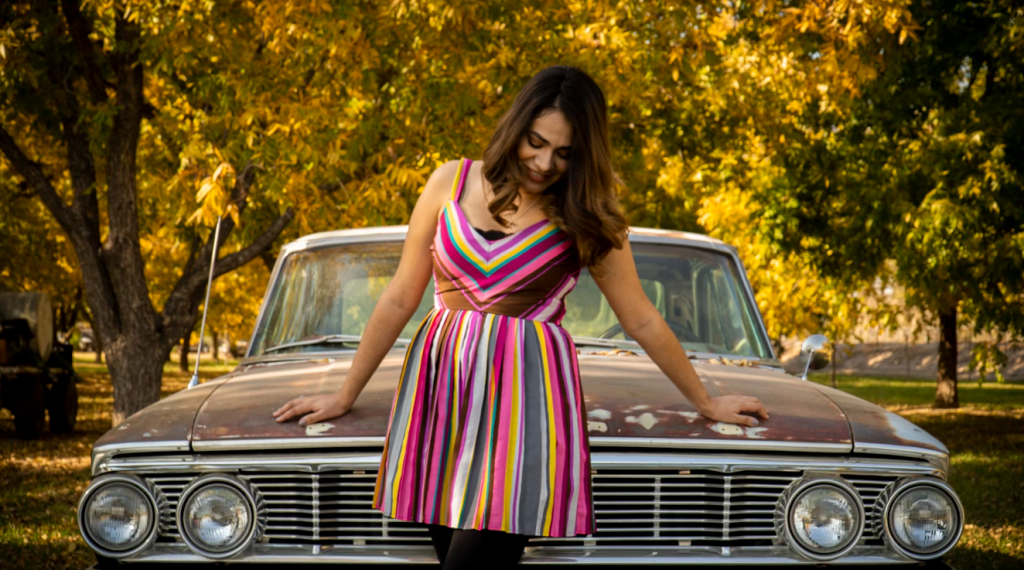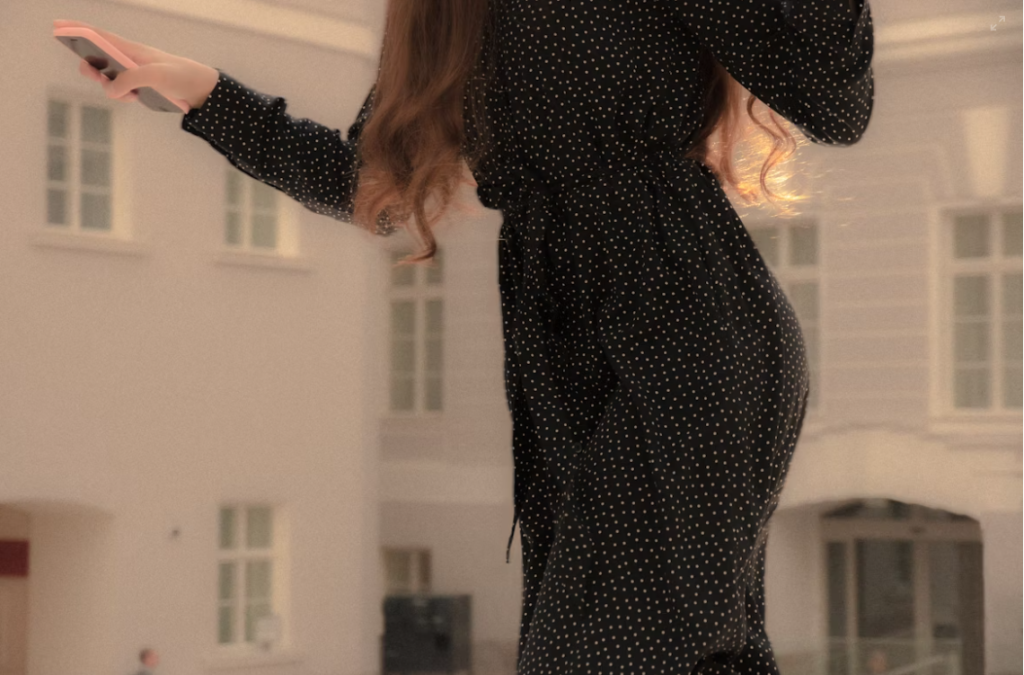Let’s be honest—shopping for the “perfect” dress can feel like trying to find a unicorn in a fashion jungle. You see something on a model or in an ad, and it’s touted as “universally flattering.” But is that even a thing? We decided to put this theory to the test. One dress, five real women, five totally different body types. The goal? To find out who the so-called “perfect fit” dress actually flatters—and who’s left questioning the hype.
The term gets thrown around a lot, but when you dig deeper, the “perfect fit” really means a piece that adapts well to multiple body types, offers comfort, and boosts confidence. Think: stretchy but structured, cinched in all the right places, and not clinging where it shouldn’t.
We were curious. Fashion labels often claim a certain dress is for “every woman,” but how realistic is that? So we picked one dress—sleek, trendy, mid-length, ruched sides, stretchy fabric—and asked five different women to wear it, walk in it, and tell us the truth.
Curvy in all the right places, she’s got that classic Marilyn Monroe silhouette. A balanced bust-to-hip ratio with a cinched waist made her the ideal candidate for form-fitting styles.
Standing at just 5’1”, this tester often finds dresses overwhelming. Proportions are everything for her, and fit usually requires some hemming or tailoring.
At 5’10”, she can pull off runway-ready looks, but often struggles with dresses that don’t offer enough length or fail to define her waistline.
Voluptuous and proud, she wants clothes that celebrate her shape, not hide it. The right dress needs to hug and highlight without being restrictive.
With broader shoulders and a strong build, our athletic tester wants clothes that offer flexibility and don’t box her in—literally or stylistically.
The dress we chose was a best-seller in its category. It had:
- A v-neckline
- Cinched waist
- Knee-length cut
- Ruching along the sides
- A soft, stretch-enhanced jersey fabric
It claimed to fit sizes 2 to 14 due to its flexible fabric and body-contouring silhouette. The color? A neutral olive—designed to suit all skin tones.

Each woman stepped out of the dressing room with a different vibe. The hourglass tester immediately beamed—it hugged her waist just right. The petite tester? “It feels like the dress is wearing me.” Our curvy goddess gave it a thumbs-up for the way it framed her hips. The athletic tester appreciated the stretch but felt the neckline didn’t complement her shoulders.
Style is one thing, but could they move in it? Sit, bend, dance? Mostly yes. The tall tester felt the hemline was too high for her liking. The petite tester tripped on the ruching when walking. The others found the dress comfy enough to wear out for dinner—or even to a wedding.
Hands down, the dress looked like it was made for the hourglass tester. Her waist popped, and the silhouette complemented her curves. The curvy tester looked stunning too—the ruching smoothed and shaped her figure.
We asked each tester to rate their confidence from 1 to 10:
- Hourglass: 10
- Curvy: 9
- Athletic: 7
- Tall: 6
- Petite: 5
Confidence doesn’t lie. The dress worked best on curvier frames.
The “perfect fit” dress is a bit of a myth. While it worked wonders for some, others felt underwhelmed. The key takeaway? Bodies are diverse, and our clothes should celebrate that—not fight it.
Instead of chasing trends or buying into the “one-size-fits-all” mentality, focus on what makes you feel good. If the mirror smiles back at you, that’s your perfect fit.
The dress wasn’t a complete flop, but it wasn’t a universal hero either. Two testers loved it, two were on the fence, and one wouldn’t wear it again. Fashion brands, take note: it’s time to ditch the idea of the “perfect” anything—and start designing with real bodies in mind.
So, did we bust the myth? Pretty much. The idea that one dress can fit and flatter everyone sounds good on paper—but in real life, it’s more complicated. The experiment revealed what we all secretly know: style is subjective, and the most flattering thing you can wear is confidence. Find clothes that celebrate your shape, not the one fashion wants you to have. Because in the end, your perfect dress isn’t about trends—it’s about how it makes you feel.

1. Did any body type find the dress truly uncomfortable?
Yes, our petite tester felt overwhelmed by the fabric and proportions. She struggled with the length and ruching.
2. Could tailoring have helped some testers?
Absolutely! Minor tailoring could’ve improved the fit for both the petite and tall testers.
3. Was the dress good for curvy or plus-size women?
Yes, our curvy tester felt confident and comfortable. The stretchy fabric helped contour and highlight her shape.
4. What type of dress works best for all body types?
Wrap dresses or A-line silhouettes tend to flatter a wide range of shapes thanks to adjustable features.
5. Should brands stop advertising “one-dress-fits-all”?
Yes, it sets unrealistic expectations. Embracing diverse body types and flexible sizing would serve customers better.
